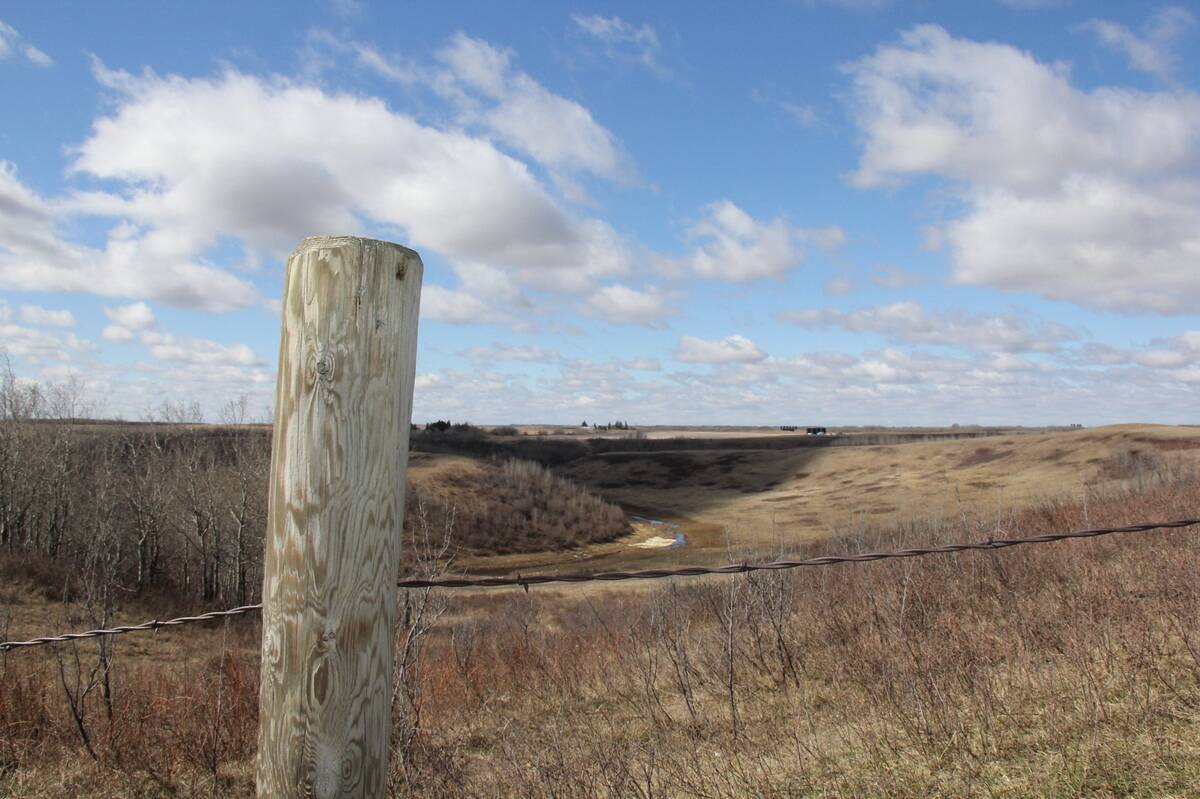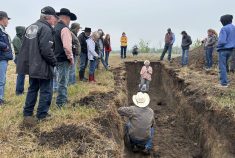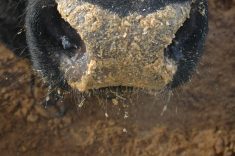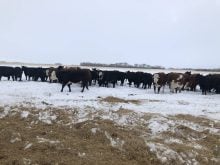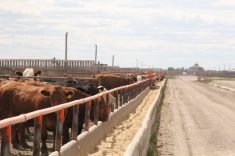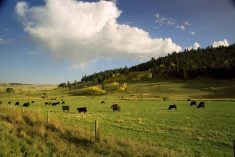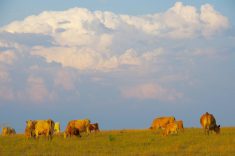If you have happened to hear a presentation of mine or followed this column, you will know how much I admire Simon Sinek and his theory of the Golden Circle. At the centre of the circle is your “why,” which expresses your cause, purpose or belief. Leaders who focus on their “why” naturally inspire people to follow them, he says.
Sinek takes his ideas of leadership to another level in his more recent book Leaders Eat Last. Sinek’s study of leadership has a sturdy base in biology and anthropology, examining why we do what we do from the context of how we have evolved as a species. Much of human evolution was driven by our need to look after basic survival.
Many of the ideas come from Sinek’s following the United States Marine Corp. This is where the title of the book comes from, as the junior members always eat ahead of the senior leaders. An example that came to mind from days gone by was my time as a young horse show competitor and learning firsthand that if your mom was organizing the show, you would not get preferred stabling. In the foreword of Sinek’s book, George Flynn, retired lieutenant general of the U.S. Marine Corps, writes, “Marine leaders are expected to eat last because the true price of leadership is the willingness to place the needs of others above your own.” There are more life and death situations for those in the military than the rest of us, but the concept is the same. It sounds a bit like parenthood.
Read Also
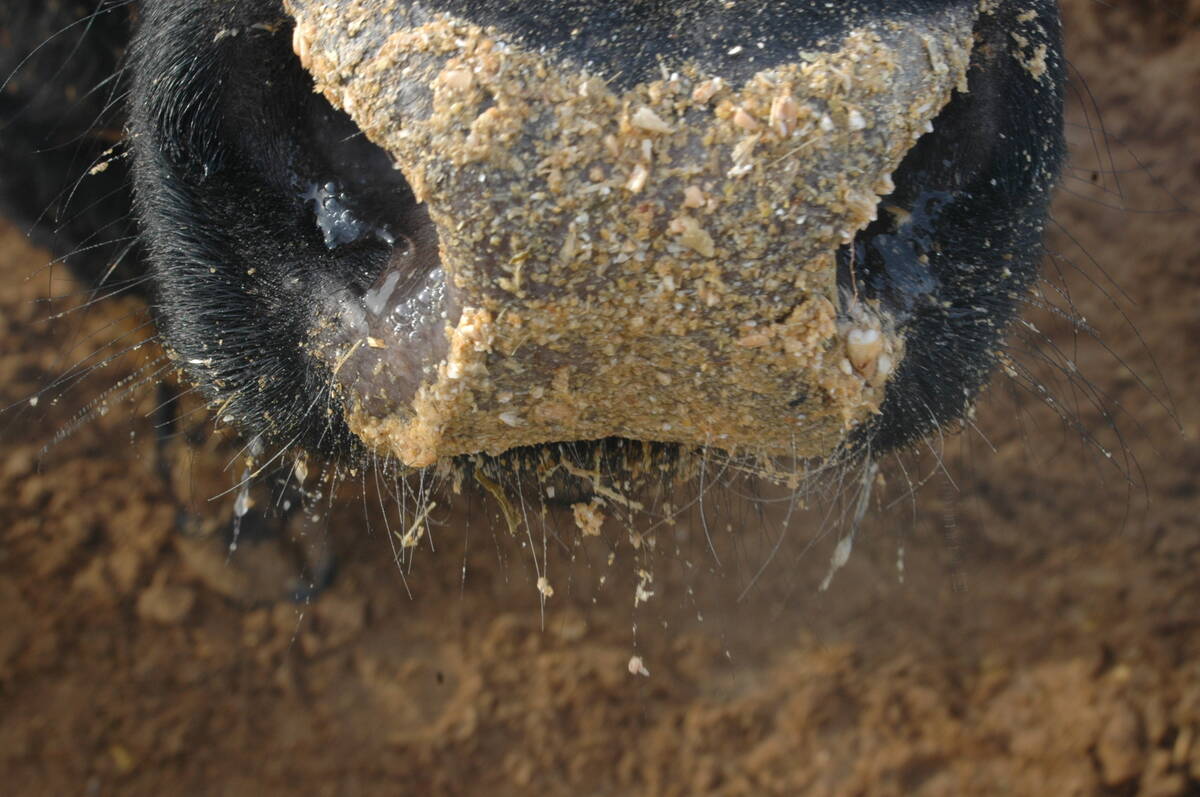
Feed grain update for Canadian beef producers
Factors affecting the feed grain market and what it means for Canadian cattle feeders
Sinek writes, “The exceptional organizations all have cultures in which the leaders provide cover from above and the people on the ground look out for each other. And the way any organization can achieve this is with empathy.”
Having a “Circle of Safety” is the foundation of exceptional organizations, again coming from our early days as a species in the Paleolithic era. “This feeling of belonging, of shared values, and a deep sense of empathy, dramatically enhances trust, co-operation and problem solving,” writes Sinek. “When the Circle of Safety is strong, we naturally share ideas, share intelligence and share the burdens of stress.” Development of this culture falls on the shoulders of the leader.
Sinek talks about the importance of the “happiness” hormones: endorphins, dopamine, serotonin and oxytocin. Releasing these chemicals trigger processes that have distinct attributes. This is something we can pay attention to and understand for ourselves and groups we belong to.
Endorphins counter pain while dopamine is associated with positive feelings, such as accomplishing goals. Clear vision statements and written goals support the functioning of endorphins and dopamine.
Serotonin is related to pride and oxytocin love and trust. They are the backbone of the Circle of Safety. “We are herd animals that are biologically designed to find comfort when we feel like we belong to a group,” Sinek writes. The “herd” mentality is easily understood by those of us working with livestock on a regular basis. Once animals are moving in the desired direction, the rest will follow — for the most part. Speaking from limited experience, the tendency is even more pronounced in sheep over cattle.
Sinek also talks about the stress hormone cortisol, which is released in the first level of fight or flight. It is helpful in short bursts but not in a continuous state. Our organizations need to be places where we feel safe, not stressed. That is how work-life balance is achieved with increased amounts of serotonin and oxytocin. We can foster this by defining our culture and values and guiding all members to uphold those values and the Circle of Safety. Good leaders create a system that is in balance. When there is balance, the team can achieve amazing results. Pulling together to overcome difficulties builds strength. That might mean creating strategies for dealing with a continuing drought or some of the other hurdles thrown up in our path.
A wise and respected elder in the livestock industry said to me the other day that even when he was away from the operation, he was still thinking about it. “You always have to have plans B, C and D, because it is likely you are going to need them.”
This may take a shift in our family operations that have been led by the “strong, silent” types. Their responsibility has been to protect the group, but the ability to articulate why is not always a prioritized skill. Nor is trying to engage all the members of the group and their ideas and viewpoints or, dare I say, “feelings.” Sometimes we may need to take baby steps with shorter, simpler conversations. Think of the natural chemicals referred to earlier as a place to start building conversations. Talk about when you felt good about accomplishing something. What was that like? When was a time that you felt proud? Or even, what does a good day look like for you?
Sinek writes that leaders are “willing to look out for those to the left of them and to the right of them. They are often willing to sacrifice their own comfort for ours, even when they disagree with us.”
At the base of it all is trust. “Trust is a biological reaction to the belief that someone has our well-being at heart. When it matters leaders choose to eat last.”

